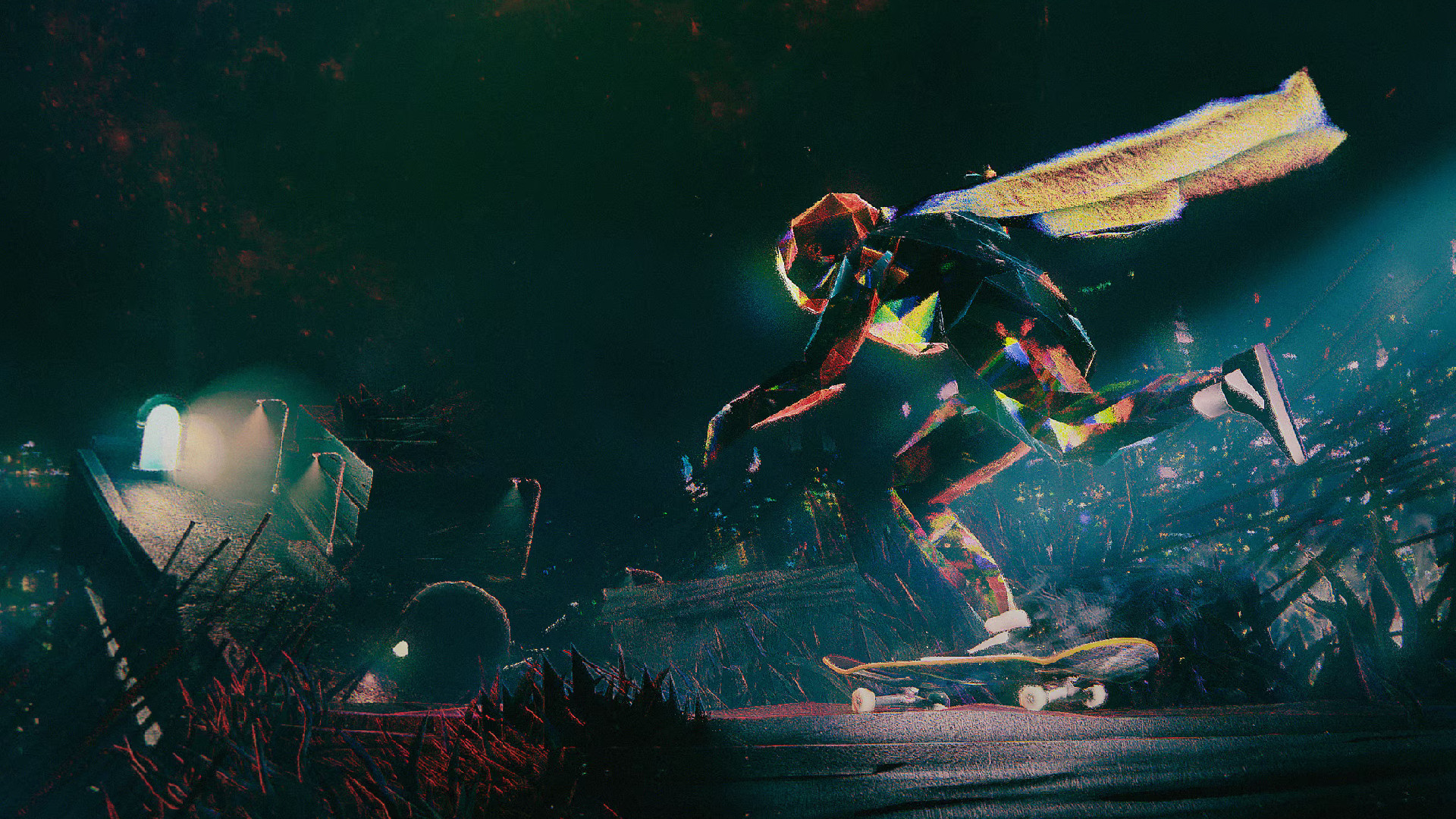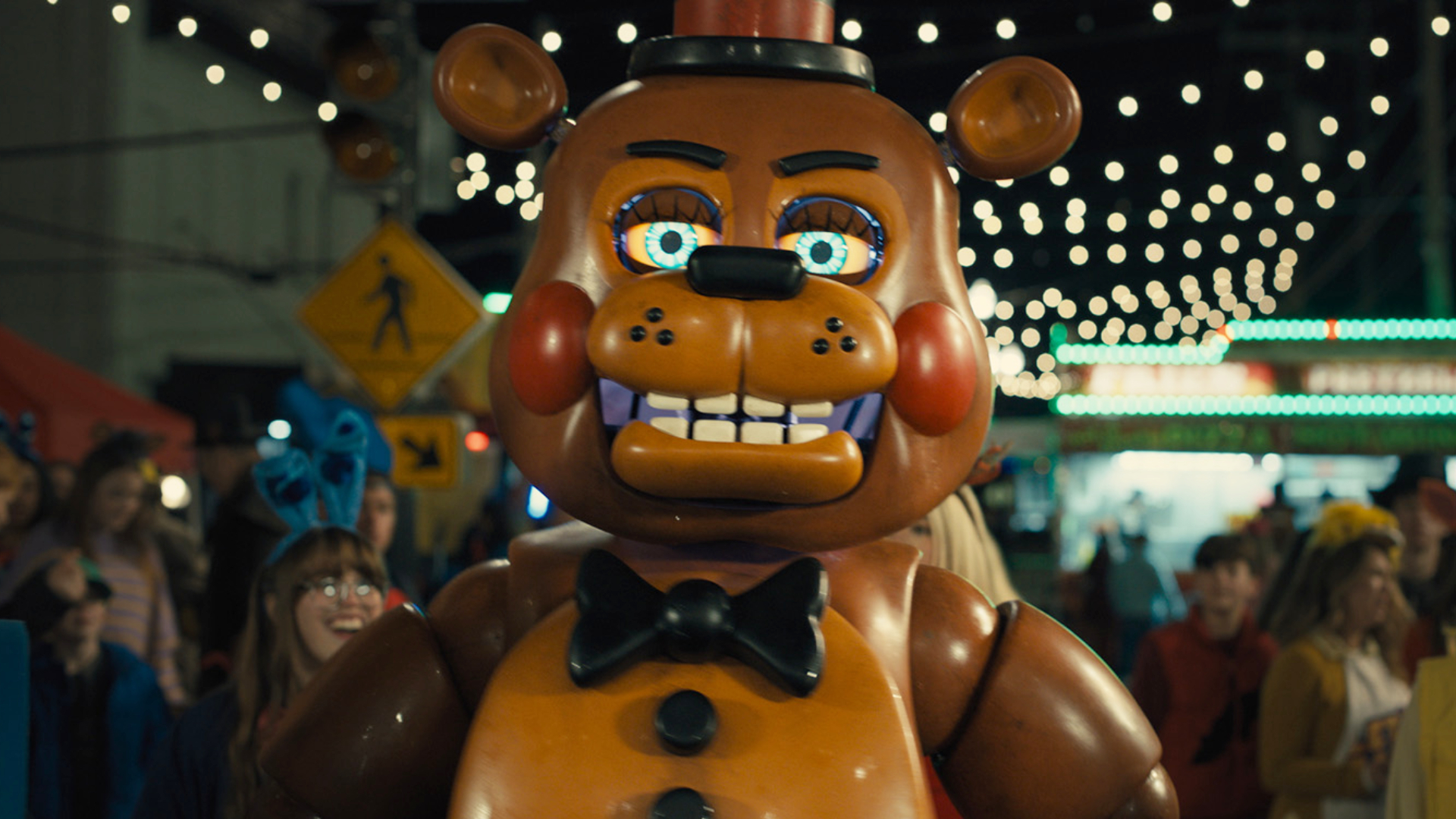Rockstar talks Red Dead Redemption 2 horse permadeath: "It's your closest, trusted companion"
Phil Hooker, director of technology at Rockstar North, reveals more about the flora and fauna of the Wild West
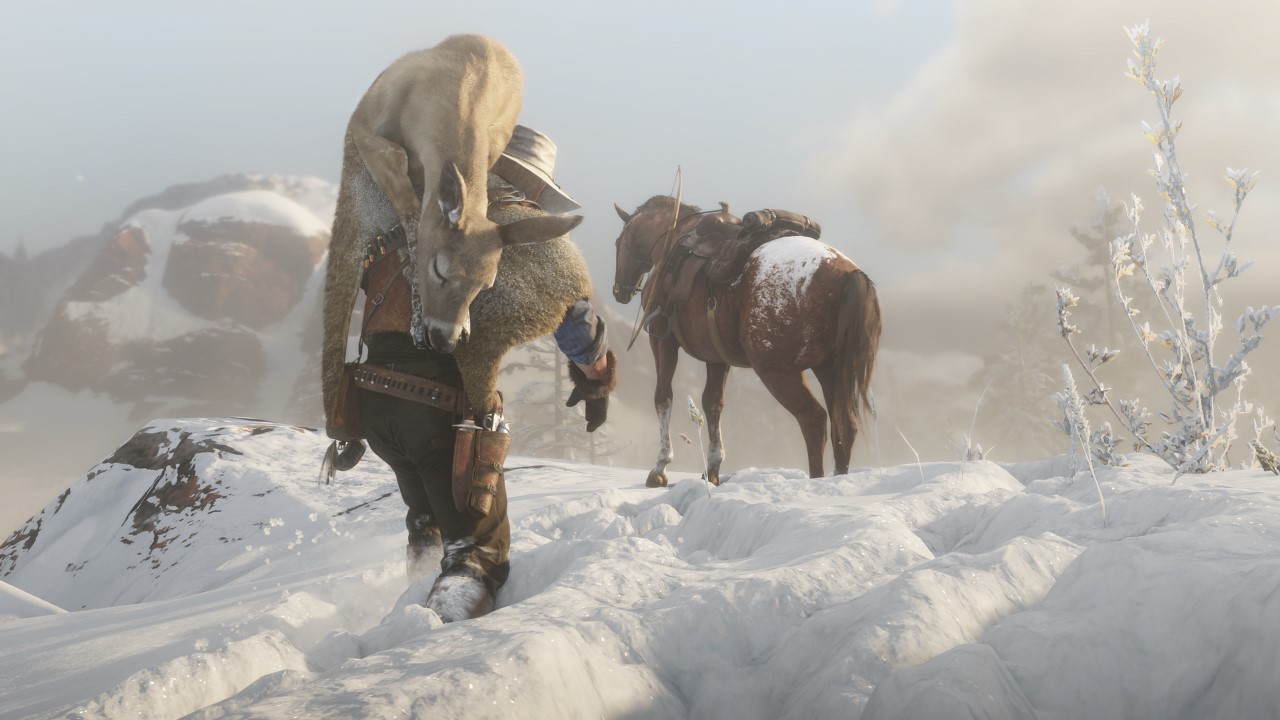
When we went hands on with Red Dead Redemption 2 one of the things that made the world feel so real, more than just the usual pretty set dressing for a story, was the wildlife that skittered and skulked in every corner. We wanted to know what part this menagerie of creatures, from companion animals to hungry bears, would play in Arthur Morgan's adventures so we hunted down Phil Hooker, director of technology at Rockstar North, to give us the David Attenborough treatment.
What’s the biggest challenge in balancing an ecosystem of 200 species?
We try to populate the world in a way that feels most natural. Each species is hand placed to make sure that every region feels distinct with a diverse population of animals native to those habitats, distributed in their respective social groupings, and with varying levels of activity based on the time of day. Some animals move as herds between locations at various times, and some of the herds have a finite number of animals so that as you kill them over time, you can remove that particular herd or simply reduce the numbers when you come back next time. It's an enormous world, and we carefully go through each area to figure out what works best in each location, what the appropriate threats are in that area, and to make sure nothing feels particularly out of place.
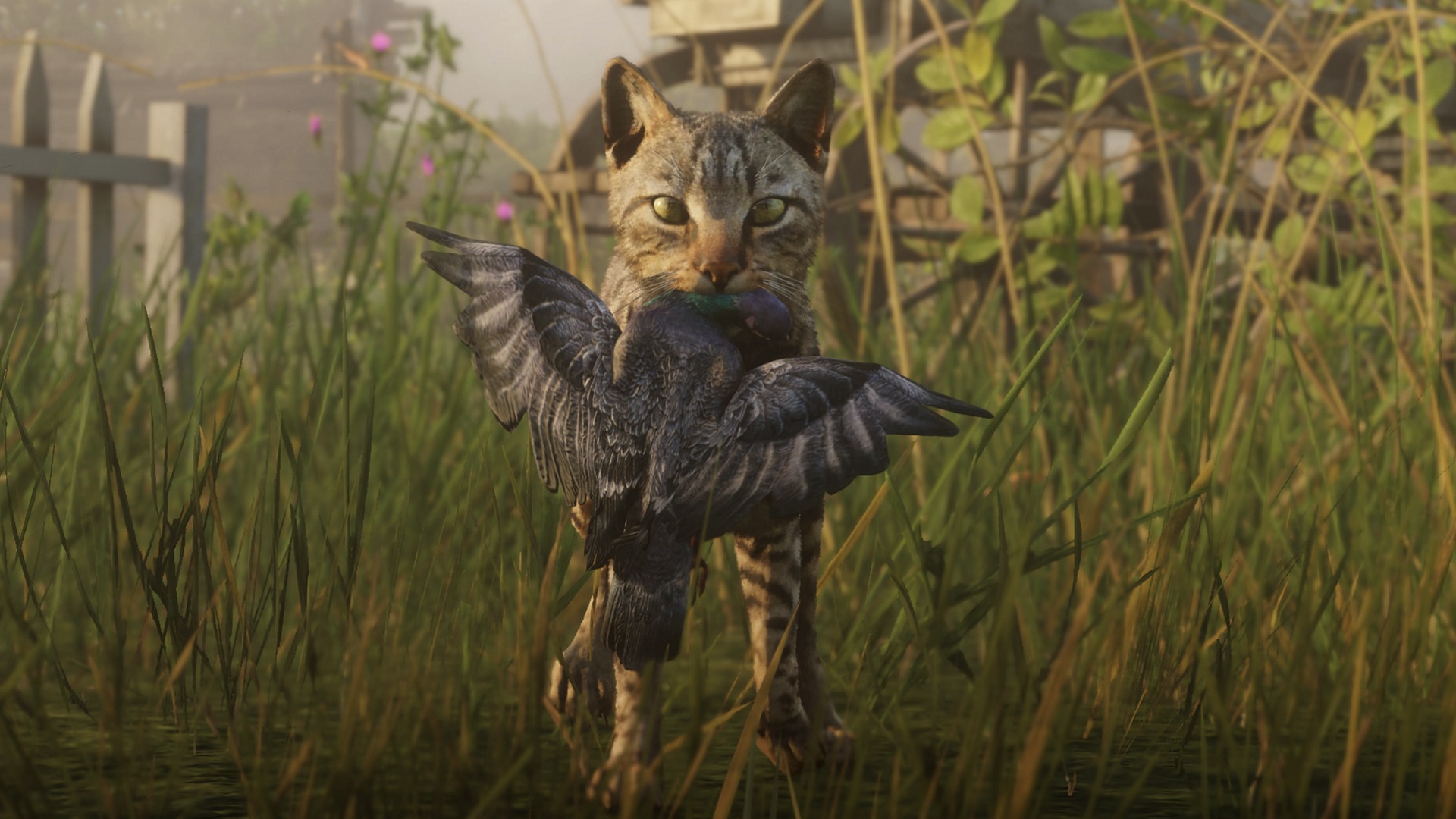
While we are working on placement, we are also looking at the ways certain species can interact with each other in the world. Some animals can co-exist and react together but some of the animals are obviously aggressive to one another. On top of that, there's the ecosystem surrounding scavenging and how that applies to dead animals. For example, bait isn’t the only way to attract another animal. If you kill a rabbit, the rabbit corpse will attract other animals to it so you can essentially use an animal you’ve killed as bait.
Which creatures do you think people should be most wary of in the world?
It would be hard to pick one - they are all uniquely challenging. Cougars are pretty terrifying as they’re fast and can easily catch you when you least expect it. Bears will let you know they are coming, but are tough to kill if you let them get close. Gators can be a menace for the player because they’re hard to spot and there’s a lot of them. They’re territorial by nature and can be found lurking in the Bayou shallows or hiding in reeds, but you’ll usually only hear them hiss or feel the controller rumble as a warning that they’re readying an attack. Wolves hunt in packs and have numbers on their side, so it's about keeping on top of them. Once they’ve got the upper hand, they’ll juggle you – the pack will play with you almost like cats do with their prey.

Each of these “apex predators” has completely unique behaviors based on real animal behavior – from the patterns of their daily lives to the ways they stalk, attack, and kill their prey. Each one is spectacularly dangerous in their own unique way and the player should observe them carefully if they want to survive an encounter.
What were some of the biggest differences in human’s relationships with the natural world and how is that reflected in the game?
We’re trying to make the world more intimate in every way, to bring the world close to the player so that the player feels more connected to everything they do. Increasing that sense of danger and vulnerability through the various behaviors of predators is one way to do that. Another is to make your actions feel more consequential, like the ability to wound an animal, which forces the player to decide whether to mercy kill the animal or let them suffer. Once that animal is dead the player will also need to decide whether to skin the animal for parts, to physically carry the carcass of a kill back to camp or to town to sell, to leave it as bait for a scavenger hunt, or to simply let it to rot.
Persistent horse death is a brutal touch, given what we know about how you build a relationship with them. Was that important for authenticity?
As you play the game, caring for and feeding your horse, calming it when it’s scared and encouraging it when it’s tired, naming it, looking after it - you can’t help but develop a bond with it. It’s your closest, trusted companion and you are nearly always together. To cement the strength of the bond we had to make it vulnerable so you respect and cared for it as you play, so it feels personal and real.
Weekly digests, tales from the communities you love, and more
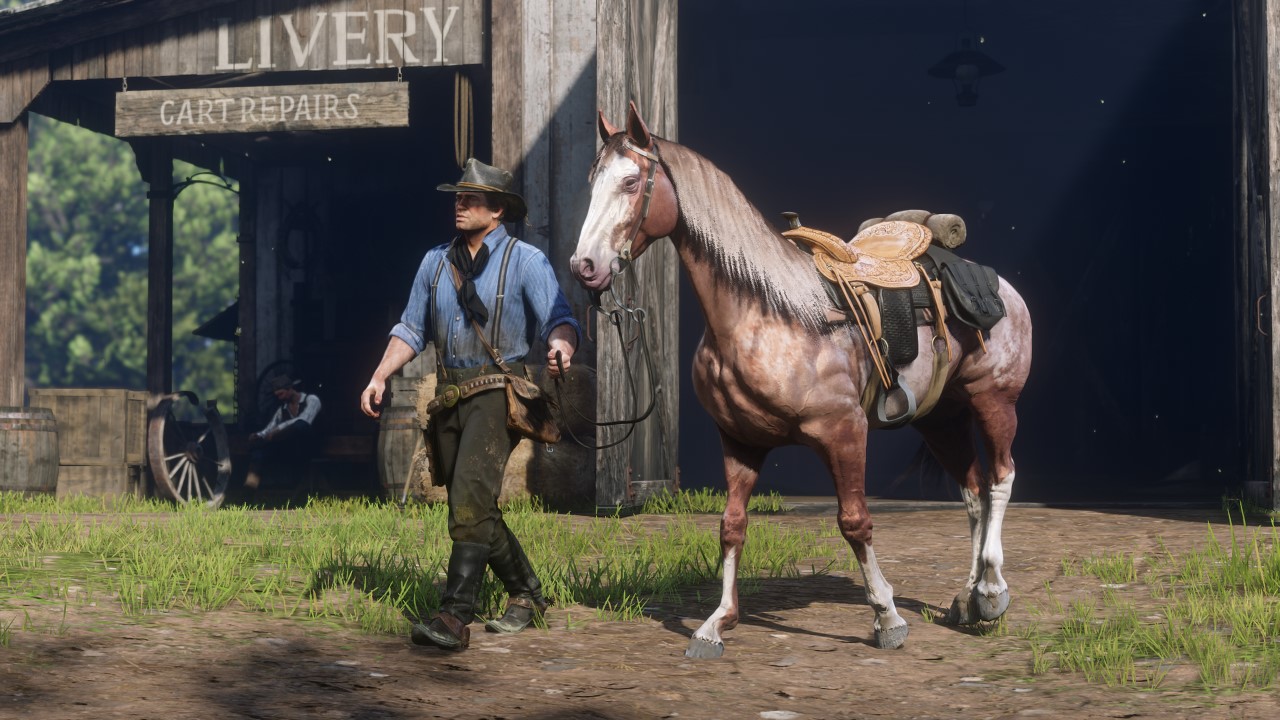
How much has recreating animal behavior in games moved on from 2010 to this game?
Much like our work on the humans, the biggest difference was with our animal’s subtle reactions and behaviors. From an animation perspective, there is now a lot more fidelity in the ways the animals can move and react, especially with quadrupeds, and we can now create something that looks and feels a lot more like a real animal. This means we can flesh out a lot more of the animal’s daily lives with natural looking behaviors like hunting, eating, drinking, migrating, socializing and sleeping.
The challenge this time was making sure the animals react appropriately in different subtle levels to what you do. So if you're creeping towards them and they see you, they won't necessarily run away forever - they may grow curious and cautiously approach, or feel cornered and charge, or they might just go a short distance only to stop allowing you another chance to take a shot. Once you fire your gun though, you’ve given yourself away and the animal will flee.
Will every species of animal and bird have their own unique reactions to the player?
Yes, they all have unique reactions and behaviors. There are obviously some commonalities in terms of the way they work but they're all designed to feel as much as possible like those animals would feel in the wild.
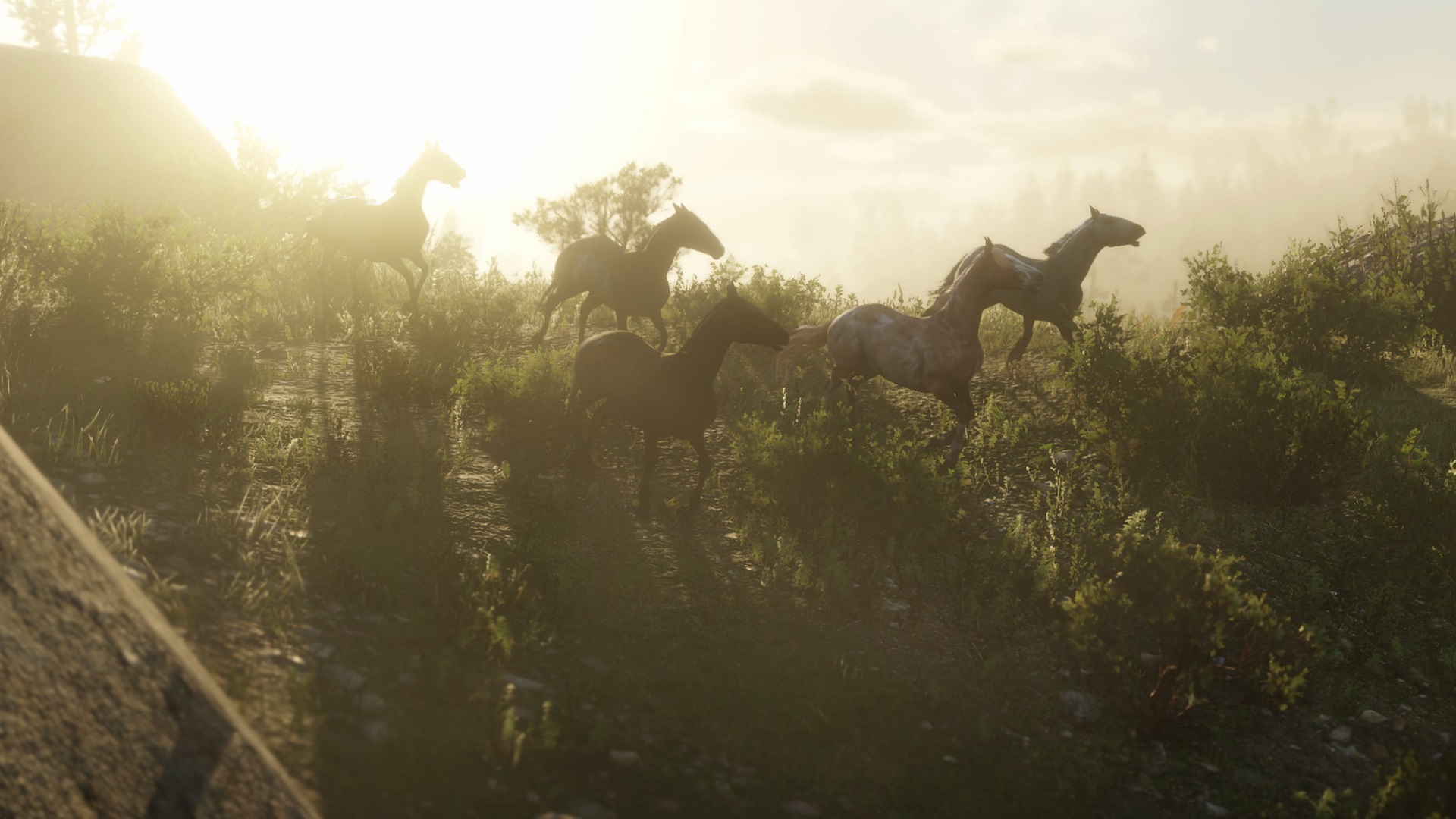
How do you balance the species for players that might be wildlife murdering monsters? How do you protect against that?
Players should feel like they can play as they want to play, but again a lot of this comes down to giving players more incentive to feel connected to the world in multiple ways so that perhaps they’re less inclined to want to spend time randomly killing animals and more inclined to spend time trying for the perfect kill. Perfect animal pelts are the ultimate rewards and can be used for various upgrades. If you want to get the perfect pelt, you will need to study and track the animals, which means you need to be quite cautious using all the tricks at your disposal, whether it’s using Eagle Eye to pay attention to the wind direction, or using something from the general store to mask your scent which will allow you to get closer. You have to be quite deliberate in order to make sure your shots hit the animal in the right locations, and use the correct weapons and ammo type. It encourages a more studious approach to hunting but it really pays off.
If you decide you want to massacre some wildlife, then the world will react appropriately. A few shots will clear some wildlife from the immediate vicinity, but sustained shooting from a gunfight or murderous rampage will clear most animals from the general area and it will take some time before life begins to return to normal.
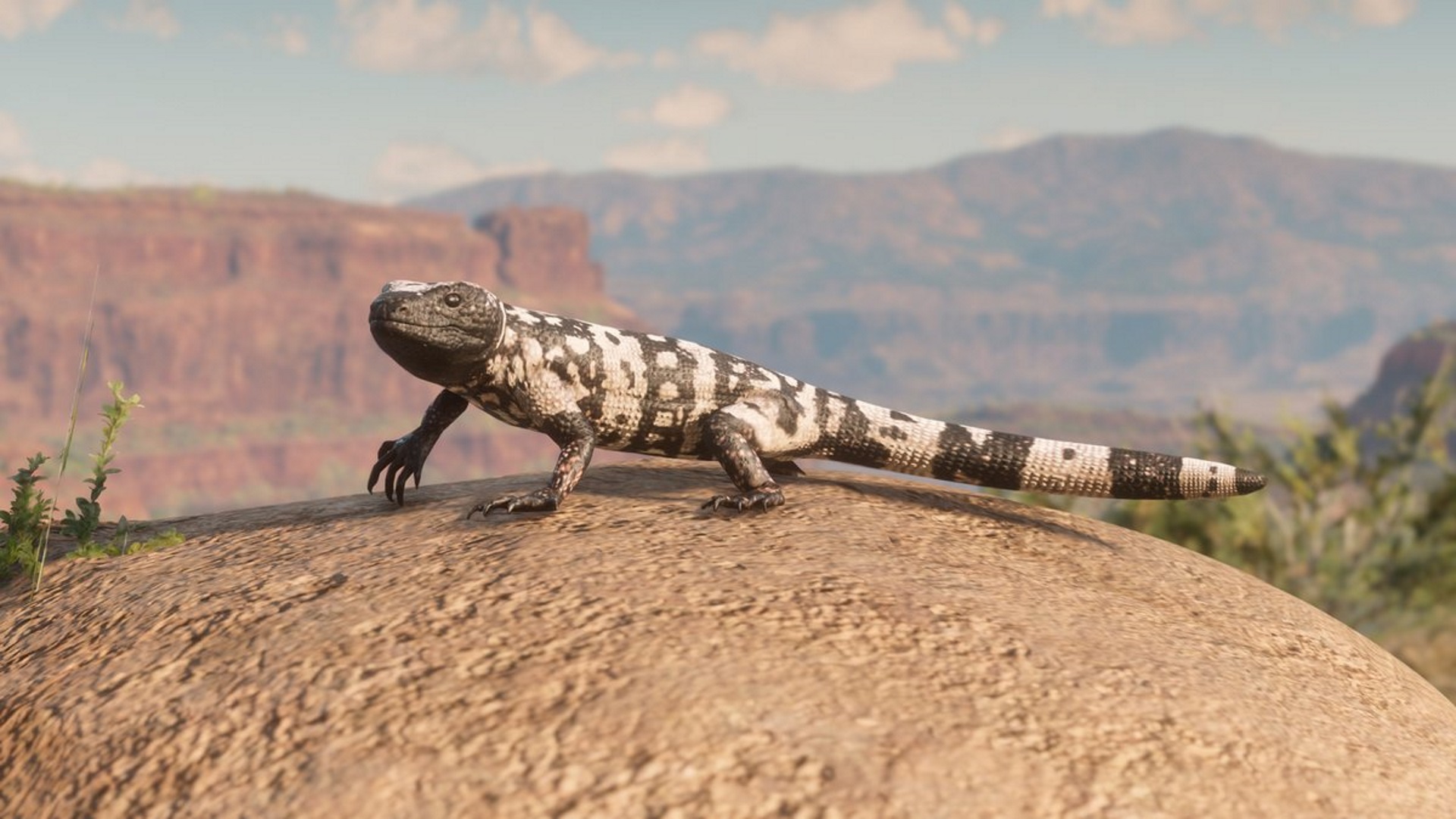
What's your personal favorite animal?
Probably the Gila monster, it’s rare so it’s exciting every time you see it. Hunting and skinning it feels like a real achievement. I also really like the birds as well, they look and behave very naturally. If you ever come across an owl, that's quite a special moment.
Red Dead Redemption 2 will be released on PS4 and Xbox One on October 26.

Rachel Weber is the former US Managing Editor of GamesRadar+ and lives in Brooklyn, New York. She joined GamesRadar+ in 2017, revitalizing the news coverage and building new processes and strategies for the US team.
